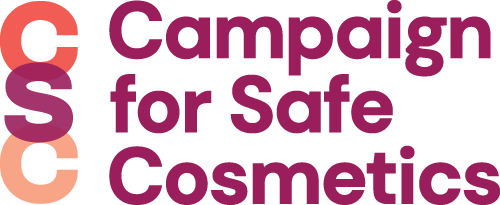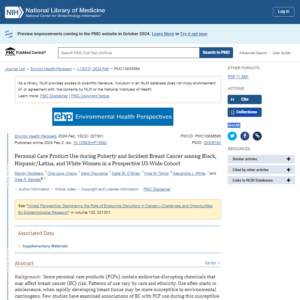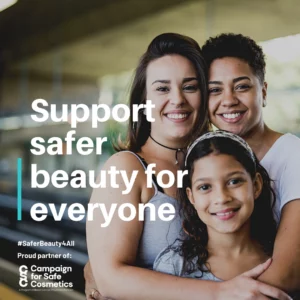Lead in lipstick? Millions of women put on lipstick every day without ever considering whether dangerous chemicals lurk inside the tube.
Research by the Campaign for Safe Cosmetics and the U.S. Food and Drug Administration (FDA) has found lead and other toxic metals in a surprising number of lipsticks.
A Poison Kiss and Other Research on Lead in Lipstick
Lead in lipstick was presumed an urban legend until 2007, when the Campaign for Safe Cosmetics released the report A Poison Kiss, with the results from an independent laboratory that tested 33 popular brands of lipsticks for lead content.
Our findings:
- 61 percent of lipsticks contained lead, with levels ranging up to 0.65 parts per million.
- Lead-contaminated brands included L’Oreal, Cover Girl and even a $24 tube of Dior Addict.
FDA’s Reaction
The U.S. Food and Drug Administration promised it would investigate, but it took nearly two years, pressure from consumers and a letter from three U.S. Senators until the FDA finally responded to the Campaign’s concerns. In 2009, the FDA released a follow-up study that found lead in all samples of lipsticks it tested, at levels ranging from 0.09 to 3.06 ppm – levels four times higher than those found in the Campaign study. The FDA found the highest lead levels in lipsticks made by three manufacturers: Procter & Gamble (Cover Girl brand), L’Oreal (L’Oreal, Body Shop and Maybelline brands) and Revlon.
Despite these alarming results, the U.S. FDA has failed to take action to protect consumers from lead in lipstick.
Even though, an expanded FDA study in 2010 found lead in 400 lipsticks at levels up to 7.19 ppm. Five of the 10 most lead-contaminated brands in the FDA study are made by L’Oreal USA.
No Safe Dose of Lead Exposure
The science indicates there is no safe level of lead exposure. Lead is a neurotoxicant and can be dangerous even at small doses. Medical experts are clear that any level of lead exposure is unhealthy.
Health Concerns
Exposure to lead has been linked to a host of health concerns:
- Neurotoxicity: It has been linked to learning, language and behavioral problems.
- Reduced fertility in both men and women
- Hormonal changes and menstrual irregularities
- Delayed onset of puberty in girls and development of testes in boys.
Other Toxic Ingredients in Lipstick
Lead is not the only concern in lipsticks. A study by University of California researchers found nine toxic heavy metals, including chromium, cadmium, aluminum, manganese, and lead in testing of 24 lip glosses and eight lipsticks.
Cumulative and long-term exposure
The cosmetics industry has ignored the findings of toxic metals in lipsticks, arguing that it’s not a source of concern because the dose is so low per application. That is essentially the argument made by the FDA as well.
But both the industry and FDA are ignoring the issue of cumulative exposure. That is, exposure to a little bit of a toxic chemical over a long period of time can add up to harm. A chemical like lead builds up in the body over time, so low exposures repeated daily can add up to a significant exposure.
For example, in the University of California study, researchers found women applied lipstick from two to 14 times every day. In terms of chemical exposure, that translates into ingesting or absorbing as much as 87 milligrams of product a day.
Now, consider that exposure over the course of a lifetime of applying lipstick—that’s a significant level of lead to ingest, particularly given the U.S. Centers for Disease Control and Prevention recommendation that people avoid all sources of lead exposure, including lead-containing cosmetics.
3 Tips: What You Can Do About Lead in Lipstick
Buyer beware: Lead is a contaminant, it does not show up on ingredient labels, and it is found in a wide range of lipsticks—everything from affordable to high-end, luxury brands.
If you’re concerned about lead in lipstick, take these three steps:
- Email, call or write to the companies that make your favorite lipstick shades and tell them that lead-free lipstick is important to you.
- Use less: consider cutting back if you find yourself reapplying lipstick frequently throughout the day
- Don’t let children play with lipstick. Children are more vulnerable to the effects of lead, which can interfere with normal brain development.















